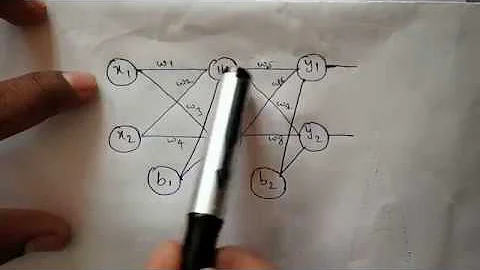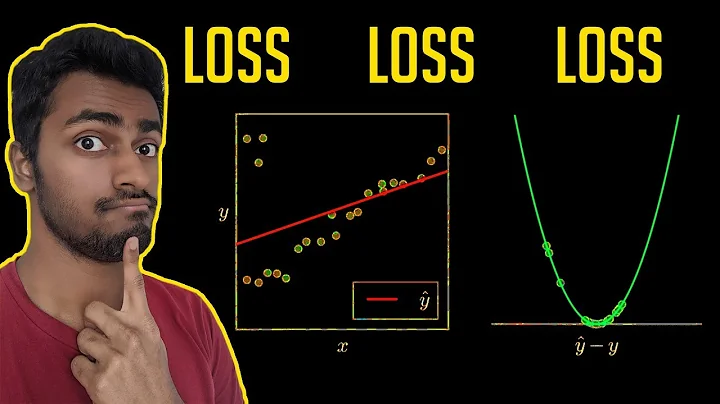Different loss functions for backpropagation
This was a very broad question, but I can shed some light on the error / cost function part.
Cost functions
There are many different cost functions that can be applied when working with neural networks. There are no neural network specific cost functions. The most common cost function in NN is probably the Mean Squared Error (MSE) and the Cross Entropy Cost function. The latter cost function is often the most appropriate when working with logistic or softmax output layers. The MSE cost function on the other hand, is convenient since it does not require the output values to be in the range [0, 1].
The different cost functions excerts different convergence properties and has their own pros and cons. You'll have to read up on those that are interesting to you.
List of cost functions
Danielle Ensign has compiled a short, nice list of cost functions over at CrossValidated.
Sidenote
You have confused the derivative of squared error function. The equation you've defined as the derivative of the error function, is actually the derivative of the error functions times the derivative of your output layer activation function. This multiplication calculates the delta of the output layer.
The squared error function and its derivative are defined as:

While the sigmoid activation function and its derivative are defined as:

The delta of the output layer is defined as:

And this is true for all cost functions.
Related videos on Youtube
Rottjung
Updated on June 04, 2022Comments
-
 Rottjung almost 2 years
Rottjung almost 2 yearsI came across some different error calculation functions for backpropagation: Squared error function from http://mattmazur.com/2015/03/17/a-step-by-step-backpropagation-example/
or a nice explanation for the derivation for the BP loss function
Error = Output(i) * (1 - Output(i)) * (Target(i) - Output(i))Now, I'm wondering how many more there are, and what difference in effect it has on training?
Also, since I understand that the second example uses the derivative of the activation function used by the layer, does the first one also does this in a way? And would it be true for any loss function (if there are more)?
Finally, how to know which one to use, and when?
-
Ivan Kush about 7 yearshere is a very good explanation neuralnetworksanddeeplearning.com/…
-
-
 Rottjung about 8 yearsyes i was just about to change my question as i realised the first one was only partial and also got multiplied by the activation functions derivative later on :-) but you answered my question perfectly, telling me there is also a derivative use from the loss function! only now i wonder why, when and where to use it...
Rottjung about 8 yearsyes i was just about to change my question as i realised the first one was only partial and also got multiplied by the activation functions derivative later on :-) but you answered my question perfectly, telling me there is also a derivative use from the loss function! only now i wonder why, when and where to use it... -
 jorgenkg about 8 yearsThe final three lines of my answer touches upon when and where. You multiply the derivative of the cost function with the derivative of the activation function in the output layer in order to calculate the delta of the output layer.
jorgenkg about 8 yearsThe final three lines of my answer touches upon when and where. You multiply the derivative of the cost function with the derivative of the activation function in the output layer in order to calculate the delta of the output layer.





